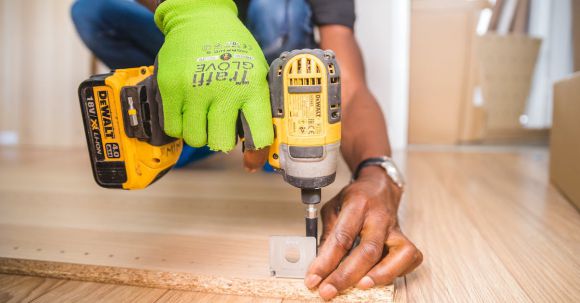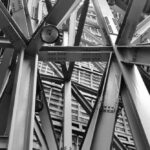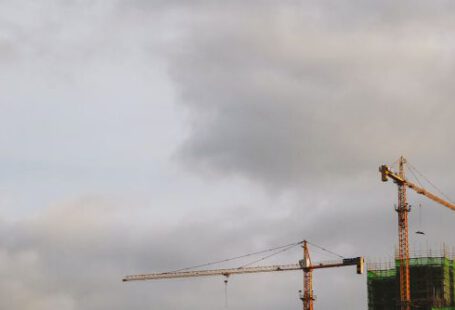The use of 3D printing technology is revolutionizing the way construction equipment parts are designed and manufactured. With the ability to quickly produce custom parts, 3D printing has made it possible to reduce costs, increase efficiency and improve safety. In this article, we will explore the impact of 3D printing on customizing construction equipment parts.
Benefits of 3D Printing
3D printing offers a number of benefits for customizing construction equipment parts. The most obvious is the ability to reduce costs and time. Because 3D printing is a rapid prototyping technology, it can be used to quickly produce custom parts with minimal lead time. This can significantly reduce the cost of designing and manufacturing parts, since the cost of prototyping is usually much less than traditional manufacturing methods.
In addition, 3D printing is extremely accurate and can produce parts with complex geometries that would be impossible to manufacture using traditional methods. This can allow for more efficient and precise parts, which can improve the performance and safety of the equipment.
Finally, 3D printing can reduce waste and material costs. By using 3D printing, manufacturers can avoid the need to buy expensive raw materials, since parts can be printed in whatever material is needed. This can reduce waste and make the process more environmentally friendly.
Applications in Construction Equipment Parts
3D printing is being used in a variety of ways to customize construction equipment parts. One common application is for rapid prototyping of parts. This is especially useful for parts that require complex geometries or intricate details, since 3D printing can produce these parts quickly and accurately.
In addition, 3D printing can be used to design and manufacture custom parts for specific applications. For example, a construction company may need to use a specific part for a job, but it may not be available in the exact size or shape that they need. With 3D printing, the company can design and print a custom part that meets their specific needs.
Furthermore, 3D printing can be used to produce parts that are designed to be interchangeable. This can be useful for companies that need to replace parts on a regular basis, as it can make it easier to swap out parts without having to completely replace the entire machine.
Challenges Facing 3D Printing
Although 3D printing offers a number of benefits, there are still some challenges that need to be addressed. One of these is the cost of 3D printers, which can be quite expensive. Additionally, 3D printing can be slow and inefficient if a large number of parts need to be printed. Finally, 3D printing is not suitable for all materials, as some materials cannot be printed accurately or reliably.
The Future of 3D Printing in Construction Equipment Parts
Despite the challenges, 3D printing is becoming increasingly popular in the construction industry. As the technology continues to improve and costs come down, it is likely that more companies will begin to use 3D printing to customize construction equipment parts. This could have a profound effect on the industry, as it could enable companies to rapidly produce custom parts and reduce costs in the process.
Overall, 3D printing has the potential to revolutionize the way construction equipment parts are designed and manufactured. With the ability to quickly produce custom parts, 3D printing can reduce costs, increase efficiency and improve safety. As the technology continues to evolve, it is likely that 3D printing will continue to play an important role in customizing construction equipment parts.






